The Story of Marpa Lotsawa
Share
Marpa Lotsawa (1012-1097 CE) was a great Tibetan Buddhist master and translator who is considered to be one of the most important figures in the history of the Kagyu school of Tibetan Buddhism. Marpa was born in Lhodrak in southern Tibet and received a traditional education in Buddhism and the Tibetan language.
As a young man, Marpa became deeply interested in the teachings of the Indian master Naropa, who had founded the practice tradition known as the Six Yogas of Naropa. Marpa felt a strong calling to travel to India to study with Naropa and other great masters of the time, and he set out on a journey that would take him more than 20 years.
During his travels, Marpa studied with many great masters, including Naropa's disciple Maitripa, as well as other teachers from various Buddhist traditions. Marpa spent many years in India, studying and practicing intensely, and he eventually became recognized as a great master in his own right.
After many years in India, Marpa returned to Tibet and began teaching the teachings and practices he had learned to his own students. He became known for his emphasis on the practice of meditation and his strict adherence to the teachings of the Indian masters, and his teachings became the basis of the Kagyu school of Tibetan Buddhism.
One of Marpa's most famous disciples was Milarepa, who is considered to be one of the greatest yogis and poets in Tibetan Buddhist history. Marpa and Milarepa had a close and often difficult relationship, with Marpa subjecting Milarepa to many trials and tests before finally passing on the teachings and empowerments he had received from his Indian masters.
Marpa is remembered as a great master who played a key role in the transmission of the teachings and practices of the Indian masters to Tibet. His teachings and the lineage he established continue to be an important part of the Tibetan Buddhist tradition to this day.
See our Marpa Lotsawa Thangkas

